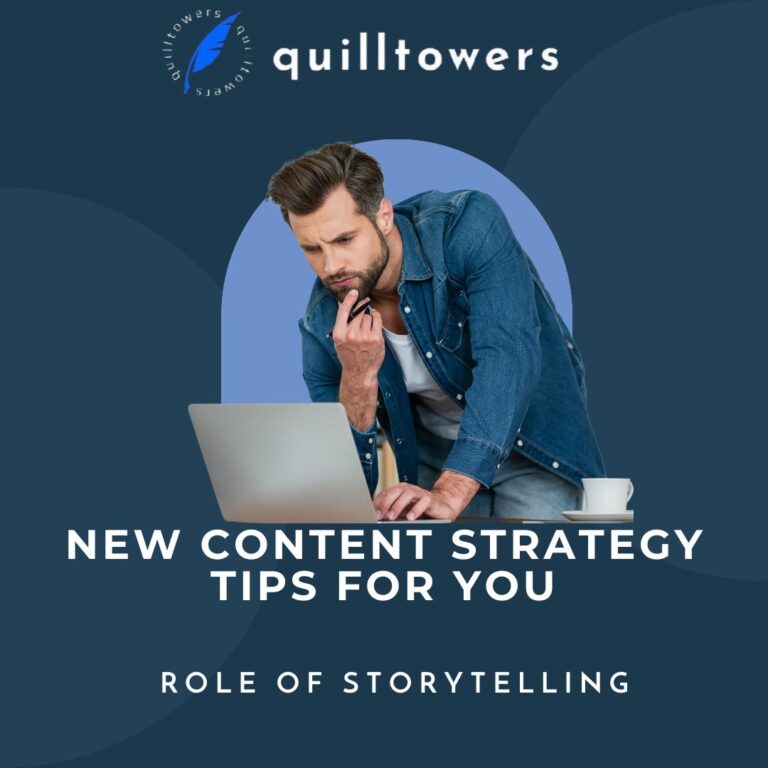Traditional Publishing Secrets: What Happens in the Publishing Process?
One of the biggest dreams every writer is about the day they finally get published. Getting published in magazines, journals or textbooks is something but getting chosen by a publishing company among thousands of choices is a feeling of accomplishment and a source of confidence like no other.
in our previous post, Quilltowers compared traditional publishing to new publishing such as social media publishing, the Amazon KDP and other internet based self publishing. However, the truth is that most writers prefer to get their works published by the traditional publishing houses. Writers dream of getting published by publishing giants such as Penguin Random House, Simon & Schuster or the Macmillan Publishers.
Usually, the publishing process of these houses are mired in secrecy as every firm develops its unique process. At Quilltowers, we offer a Publishing Consultancy service to soon-to-be published writers. Therefore, we can share a few insights into what you should expect to face before your book is finally in print. Ssshh, you are welcome.
Tips on The Traditional Publishing Process

- Acquisition: This can happen in different ways. Most times, writers initiate contact by sending their manuscripts to the publisher. If the house believes the content is up their alley, they will then invite the writer to an acquisition meeting with the house’s team. The team may include the Editing team, Marketing team and any other people the publisher considers important for acquisition. A satisfactory meeting usually ends up with a contract for the writer. A tip for your back pocket; most publishing houses will not read independent drafts or manuscripts sent to them. In order to stand out, it is best if you seek the service of publishing agents. Publishing houses initiate contact with accomplished writers, on the other hand. Most times, the writer is given an advance on upcoming projects in order to make sure that other publishers do not tempt them after their success.
- Editing: After the contracts have been signed, the draft starts its journey to editing. The Editing department of the publishing house often focus on structural editing, content editing and technical editing. Structural editing focuses on how the entire book itself is arranged, content editing contains fact checks, word usage, style, etc while technical editing reviews the final draft for typos, spelling errors, overlooked errors, inconsistencies and punctuation errors. While the Editing team may be powerful enough to force a writer to accept some edits, the writer may insist on not taking these edits. All parties have to be satisfied with the edits before the draft can proceed to the next stage.
- Design: This stage has to do with the overall look of the book. The cover design, hardcover design, back cover design and others will be discussed in this stage.
- Typesetting: The writer along with the publisher can decide on the font type and the typesetting that befits the book. Some publishing houses already have a default typesetting and design that they use for all their books. However, there is always a chance for the writer to negotiate a wiggle room in typesetting and design.
- Proofreading: Like the editing stage, the proofreading stage is meant to catch the errors in the book. Here, the errors that may have been missed by the editing team are found before the book can go into print.
- Print: Congratulations! Your book has finally been printed. Test copies are first printed and sent to professionals or other writers to read, review and rate before a mass copy is printed. Some publishing houses may go back to the editing stage if their attention is called to a detail that was missed before. This could be a fact, a cultural issue or a controversial topic that the publisher may have missed during the other stages.
- Marketing and Publicity: This is the final stage of publishing and can also be the most demanding. In order to generate sales, the writer may be required to attend book seminars, talk shows, book festivals, fans meet and greets, book signings, do media tours or any other form of publicity the publisher may consider important for marketing.
And that is it! Your book is finally in people’s hands. The duration of this entire process depends on the publishing house and how fast they are interested in getting your book out. This process may take six months or two weeks – it all depends on the type of book you want published and your contract with the publisher.
Writers who have further questions about this process can contact us. For you, we are always here.






